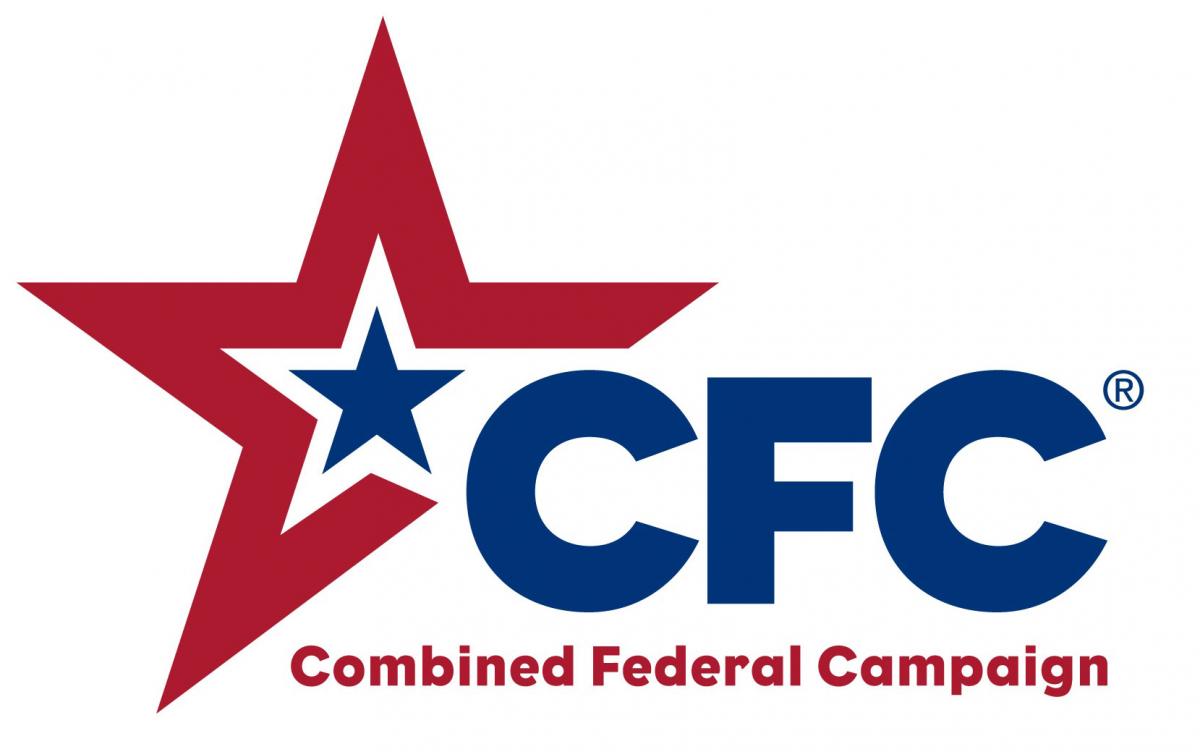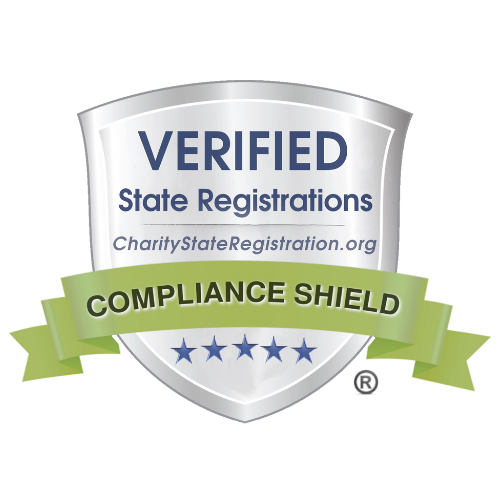This resource examines how these designations can potentially impact asylum seekers and provides guidance for advocates on how to continue zealously representing their clients.
Resources on Asylum and Refugee Law
You may search for resources either by title or by month and year.
Last updated on
Last updated on
The BIA also noted that government acquiescence in the context of protection under the Convention Against Torture requires a higher degree of governmental complicity than that required to establish a government is unable or unwilling to protect a respondent in the asylum context
Last updated on
The Board of Immigration Appeals has held that an Immigration Judge is not required to consider Form I-589 on the merits if it is incomplete. The judge is permitted to deem an incomplete I-589 waived or abandoned, particularly where an opportunity to correct the I-589 has been provided to the asylum applicant. However, in the same decision, the BIA found that the judge erred in finding that an I-589 was abandoned solely because the applicant did not submit a proper supporting declaration.
Last updated on
This resource seeks to highlight the key impacts of the new EOIR and BIA memos for LSPs and their clients and offers practical guidance for effective representation in immigration court.
Last updated on
This practice advisory addresses common questions that arise for practitioners representing TPS-eligible individuals who are in removal proceedings or facing potential removal proceedings, hold dual nationality, or wish to seek asylum.
Last updated on
This manual is designed to provides practical information on how to navigate the application process from completing the form I-730, to compiling evidence, to troubleshooting with government agencies.
Last updated on
This FAQ provides an overview of the new rule, including how the rule interacts with the Circumvention of Lawful Pathways rule.
Last updated on
This resource will explain the types of questions that an applicant can expect related to the one-year filing deadline.
Last updated on
The Board of Immigration Appeals (BIA) has issued a precedential decision addressing the circumstances under which asylum applicants can show that the government is “unable or unwilling” to protect them from harm by private actors. The BIA emphasized that this determination is a fact-specific inquiry based on consideration of all evidence. Importantly, the BIA also found that failure to report harm is not fatal to a claim of persecution if reporting private abuse would have been futile or dangerous.
Last updated on
This practice advisory is intended to orient practitioners navigating common obstacles in the representation of Afghan asylum seekers in the United States.
Last updated on
The Fourth Circuit has adopted an expansive reading of asylum claims based on religious persecution. The Fourth Circuit found that the Board of Immigration Appeals (BIA) had erred in finding that there was no nexus between a death threat received by the asylum applicant and the protected ground of her religion. Instead, the Fourth Circuit adopted a broad interpretation of the nexus requirement, finding that that the applicant’s Christian Pentecostal religion was “one central reason” for the death threat that she endured by gang members in El Salvador, even though the threat was not motivated by a desire to hinder or impede her religious practice.
Last updated on
This resource guide provides a basic overview of the documentation that Afghans arriving along the U.S.-Mexico border may present and how both resettlement agencies and legal services providers can assist them.
Last updated on
CLINIC has published a new brief on the Biden administration’s asylum ban, outlining basic information about the Circumvention of Lawful Pathways rule, exceptions to the rule, and ways to rebut the presumption of asylum ineligibility. The brief also includes an infographic with a hypothetical scenario.
Last updated on
Title 42 is scheduled to end May 11, 2023. This is a page of resources for legal practitioners, advocates, and others helping immigrant clients navigate the immigration system post-Title 42. If you would like to suggest a new resource be added to this page, please contact Tania Guerrero at tguerrero@cliniclegal.org.
Last updated on
This one-page resource provides basic information on the CBP One app, which is now used to schedule appointments prior to crossing the U.S.-Mexico border. It explains the app’s origins, some common failures of the app, and how it is currently used.
Last updated on
The Central American Minors, or CAM, program was set up to reunify minors in Central American with their parents or legal guardians in the United States. On April 11, 2023, the Department of Homeland Security and the Department of State, Bureau of Population, Refugees, and Migration published a new rule in the Federal Register announcing new enhancements to the CAM program.
Last updated on
CLINIC submitted a public comment on March 24, 2023, concerning the new proposed rule on asylum.
Last updated on
A template to help immigration services organizations draft a public comment in response to the administration’s proposed Asylum Rule that would eliminate asylum for the vast majority of asylum seekers at the U.S. southern border
Last updated on
Join us – Submit a public comment to the Biden administration to speak out against the proposed asylum ban!
Last updated on
On June 30, 2022, the Supreme Court held that the Biden administration’s termination of the Trump-era “Migrant Protection Protocols,” or MPP, did not violate the Immigration and Nationality Act, or INA. The Court further held that the Oct. 29, 2021, memorandum issued by the Secretary of Homeland Security terminating MPP was “final agency action.”
Last updated on
“It is not enough to just say ‘thank you,’” said John. “[The] work that you and your team did for us is beyond simple gratitude. Your help made my family happier, made us sure that tomorrow we will be safe and everything will be all right.” John and his wife fled Russia after he refused to serve in the Russian military and government officials threatened him. Eventually, they made it to the U.S.-Mexico border and sought asylum.
Last updated on
These FAQs address the legal requirements for an applicant to be eligible for adjustment of status in both the immediate relative and preference categories. The FAQs also address how an applicant may file an application for adjustment of status even if the initial intent was to consular process.
Last updated on
The Department of Homeland Security and Department of Justice jointly issued an interim final rule to revise the processing of certain applications for asylum, withholding of removal under the Immigration and Nationality Act, and protection under the Convention Against Torture. The rule makes numerous changes to the way asylum applications are processed for those in expedited removal proceedings who express a fear of return and pass a credible fear interview.
Last updated on
EOIR published the Immigration Court Practice Manual, or ICPM, — a comprehensive guide that sets forth uniform procedures, recommendations, and requirements for practice before the Immigration Courts — in February 2008. Since then, the ICPM has seen many updates, but no update was as comprehensive as the update produced on Nov. 20, 2020, and released on Dec. 31, 2020. This resource briefly summarizes some of the key changes via a chart comparing the current version with the prior version of the ICPM.
Last updated on
CLINIC has played a key role in fighting against constraints placed on asylum seekers. After the attorney general issued Matter of L-E-A-II, 27 I&N Dec. 581 (AG 2019), which has subsequently been vacated by Matter of L-E-A- III, 28 I&N Dec. 304 (AG 2021), it became more difficult to prove that a family group membership could qualify as a particular social group. To assist with this evidentiary burden, CLINIC has translated Title II of the Salvadoran Civil Code entitled “Rules Relative to Intestate Succession,” which may help practitioners establish a cognizable family-based particular social group on behalf of Salvadoran clients. Likewise, CLINIC has translated sections of the Guatemalan Civil Code pertaining to family law. While Matter of L-E-A-II is no longer in effect, understanding the law that governs family relationships can still help prove social distinction for particular social group asylum claims and may be of value for family-based immigration petitions.
Last updated on
This document guide provides information and samples of the type of documents that Afghan parolees may be issued by DHS. It explains what resettlement agencies should look for when determining an Afghan parolee’s eligibility for resettlement benefits as well what immigration practitioner should look for when determining an Afghan parolee’s eligibility for asylum or permanent residence in the United States.
Last updated on
The Catholic Legal Immigration Network, Inc., or CLINIC, and the Duke Law School Immigrant Rights Clinic filed a petition for review in March 2020 challenging a Board of Immigration Appeals precedent denying asylum protections for immigrants fleeing gangs and drug traffickers.
Last updated on
In 2019, the Trump administration implemented the so-called Migrant Protection Protocols, or MPP, forcing many asylum seekers to remain in Mexico for months or even years awaiting a court date before a U.S. immigration judge. In the spring of 2021, the Biden administration began to wind-down MPP, allowing many asylum seekers who had been forcibly stranded in Mexico into the United States to pursue their claims for asylum. This updated practice advisory discusses the firm resettlement bar under U.S.
Last updated on
The Board of Immigration Appeals, or BIA, issued a published decision establishing that the “exceptional circumstances” in absentia reopening provision may encompass situations that led to a respondent’s late arrival to court and, therefore, absence at a removal hearing. This decision provides a non-exhaustive list of factors and corroborative evidence for immigration judges to consider when adjudicating late arrival in absentia motions to reopen on a case-by-case basis.
Last updated on
Concerned about the Trump administration’s remarks targeting asylum seekers and a potential increase in asylum terminations, on Oct. 3, 2019, CLINIC submitted a Freedom of Information Act, or FOIA, request to USCIS seeking information about the numbers of Notices of Intent to Terminate asylum status issued by each asylum office, how many asylum grants were terminated and how many left in place, and the grounds for the asylum offices issuing the Notices.
Last updated on
In Garland v. Dai, the Supreme Court addressed the standard under which federal courts of appeals review credibility findings in asylum cases. The Court rejected the generous approach taken by the Ninth Circuit, which had employed a rule requiring a finding that the asylum-seeker is credible unless the Board of Immigration Appeals explicitly made an adverse credibility finding.
Last updated on
On April 8, 2021, CLINIC and the Center for Gender and Refugee Studies, or CGRS, filed an amicus brief with the Tenth Circuit Court of Appeals, on behalf of an asylum seeker and her son. The family fled El Salvador following the murder of one family member, and death threats against the petitioner in this case. Nonetheless, the Board of Immigration Appeals, or BIA, rejected the case, finding that the family was not a cognizable particular social group and that there was no nexus between the harm and a protected characteristic. CLINIC and CGRS laid out the long history of family being a protected ground as well as other flaws in the BIA's reasoning.
Last updated on
CLINIC, the Center for Gender and Refugee Studies, and Pangea Legal Services, have sent a letter to Attorney General Merrick Garland, calling on him to vacate three precedential decisions — Matter of A-B-, Matter of A-C-A-A-, and Matter of L-E-A- — that severely limit access to asylum for those fleeing domestic violence, gang violence and violence based on family membership. As counsel for the asylum seekers in these three cases, we ask that the decisions be set aside as the agencies work on issuing regulations that will address these issues, pursuant to President Biden's Feb. 2, 2021 executive order on asylum.
Last updated on
The Board of Immigration Appeals, or BIA, recently issued a decision where it concluded that individuals who cooperate with law enforcement may constitute a valid particular social group, or PSG, but only if their cooperation is public in nature and the society in question recognizes and provides protection for such cooperation. Matter of H-L-S-A-, 28 I&N Dec. 228 (BIA 2021). Its holding risks eliminating asylum eligibility for many applicants who have genuine fears of return based on having taken public actions against their potential persecutors.
Last updated on
The Supreme Court decision on June 18, 2020, in Dep’t of Homeland Sec. v. Regents of the Univ. of California has given DACA recipients a reprieve from the Trump Administration’s efforts to end the program. Nonetheless, until Congress acts to provide permanent status for those with DACA, it is important for practitioners representing DACA recipients to consider permanent relief options in each DACA client’s case.
Last updated on
The Supreme Court decision on June 18, 2020, in Dep’t of Homeland Sec. v. Regents of the Univ. of California has given DACA recipients a reprieve from the Trump Administration’s efforts to end the program. Nonetheless, until Congress acts to provide permanent status for those with DACA, it is important for practitioners representing DACA recipients to consider permanent relief options in each DACA client’s case.
Last updated on
The Board of Immigration Appeals issued a decision where it concluded that an asylum seeker’s willingness or reluctance to accept an offer for permanent residence does not negate a firm resettlement finding.
Last updated on
An immigration judge may issue an in absentia removal order if the Department of Homeland Security establishes by clear, unequivocal and convincing evidence that the respondent had written notice of the hearing and is removable as charged on the Notice to Appear. There are many reasons why a respondent may fail to appear at a removal hearing, including lack of notice of the hearing, sickness, a breakdown in transportation, limited or no English knowledge, or because the respondent is a child without the help of a responsible adult who can assist them in getting to the hearing.
Last updated on
The Mercer Law School Immigration Appeals Clinic filed an amicus brief on CLINIC’s behalf on March 11, 2020. The amicus brief lays out how the particular social group of “Honduran transgender women” meets the three-prong test laid out in Matter of M-E-V-G-.
Update: After submission of this, and other amicus briefs, the Department of Homeland Security stipulated to remand the case to the immigration judge.
Last updated on
This guide provides attorneys and fully accredited representatives with strategies and best practices for representing asylum seekers with in absentia removal orders.
Last updated on
The U.S. government has issued in absentia removal orders to a large number of families primarily from El Salvador, Guatemala and Honduras. These families fled persecution and sought safety in the United States often proving they had a credible fear of returning to their home country.
Last updated on
On March 12, 2019 CLINIC, joined by other faith-based organizations, submitted an amicus brief to the First Circuit Court of Appeals in the case O.L.B.D. v. Barr. In this case, Ms. O.L.B.D., a survivor of severe physical, sexual, and emotional abuse by her ex-husband, appeals the Board of Immigration Appeals denial of her asylum claim. The case presents a direct challenge to Matter of A-B-, 27 I&N Dec. 316 (A.G.
Last updated on
As co-counsel to Mr. L-E-A-, CLINIC attorneys filed this brief with the Justice Department on Feb. 19, 2019. The client’s name and other identifying information has been redacted.
Last updated on
CLINIC Senior Attorney Victoria Neilson and Central American Legal Assistance (CALA) Senior Staff Attorney Heather Axford drafted this sample brief that practitioners can use to respond to immigration judges who demand that the asylum seeker state the particular social group(s) at a master calendar hearing as a prerequisite to scheduling the individual hearing.
Last updated on
The Catholic Legal Immigration Network Inc., filed an amicus brief April 27 challenging Attorney General Jeff Sessions’ effort to insert himself into a settled immigration case, the Matter of A-B. The attorney general’s unusual move could result in changes to long-settled immigration policy, making it harder for many asylum seekers -- notably those fleeing religion-based persecution – to obtain protection in the United States.
Last updated on
The Board of Immigration Appeals, or BIA, recently issued a decision, Matter of W-Y-C- & H-O-B, 27 I&N Dec. 189 (BIA 2018), that requires asylum applicants in removal proceedings to clearly delineate on the record before the immigration judge, or IJ, the “particular social group” in which they claim membership. The BIA further held that it would not consider newly proposed particular social groups on appeal that were not presented before the immigration judge.
Background





